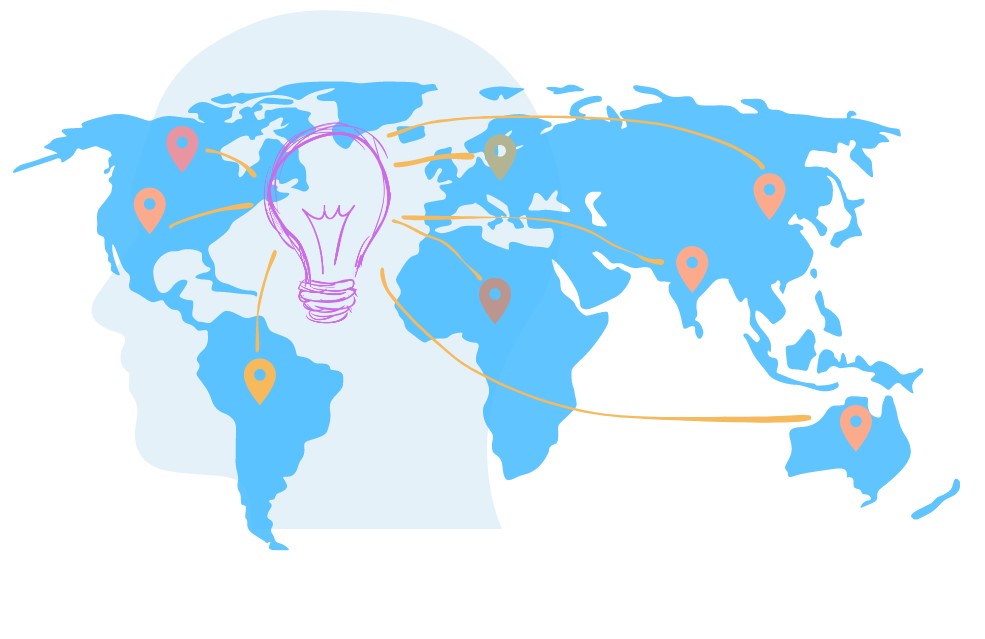Demystifying Patent Cooperation Treaty (PCT) application
The Patent Cooperation Treaty (PCT) application is a globally recognized patent filing system that enables applicants to seek protection for their inventions in numerous countries. It enables the applicants to file a single patent application and have it assessed by several patent offices worldwide. Despite the manifold advantages of filing a PCT application, it is essential to be aware of the potential disadvantages. In this discourse, we shall scrutinize the merits and demerits of submitting a PCT application.
Pros of Filing a PCT Application:
- Delay the costs of national filings: By filing a PCT application, you can delay the costs of filing in multiple countries. This allows you to spread out your costs over time and determine which countries are most important to pursue.
- Extended time to make a decision: A PCT application provides the applicant with an additional 18 months to determine which countries they want to pursue patent protection in. This can be useful in deciding which countries are the most important to the applicant.
- Streamlined process: The PCT system provides a streamlined process for filing international patent applications, with a single application, centralized processing, and international search.
Filing a PCT Application: Drawbacks to Consider
- Costly procedure: While filing a PCT application can be beneficial, it also comes at a significant cost, with separate fees required in all designated jurisdictions. The filing process incurs a range of fees and costs, such as filing fees, search fees, and translation fees, which can be challenging for small businesses or individual inventors.
- Delayed grant of patent: Filing a PCT application can delay the grant of a patent in individual countries, which can be problematic for inventors who require timely patent protection. The process of obtaining patent protection is delayed as a result of the additional time needed to consider and process the application.
- Differences in national laws: While filing a PCT application provides international patent application, it does not guarantee the grant of a patent in every country. Each country has its own patent laws and procedures, and the decision to grant a patent ultimately rests with the national patent office.
- Public disclosure: Filing a PCT application requires the disclosure of the invention, making it part of the public record and available for viewing by competitors and the public.
- Limited search scope: The international search report provided in the PCT application may not identify all relevant prior art, particularly in jurisdictions where patent offices have different search procedures, limiting the scope of the search.
Misconceptions about PCT applications
The Patent Cooperation Treaty (PCT) is a multilateral agreement that allows inventors to seek protection for their inventions in multiple countries through a unified application process. However, there exist numerous myths and misunderstandings regarding PCT applications that need to be dispelled. In this article, we will explore some of the common misconceptions surrounding PCT applications. It is crucial to note that filing a PCT application does not guarantee that a patent will be granted, as each jurisdiction has its own patent system with unique laws and practices.
1. Filing a PCT application automatically grants a patent
It is a common misconception that this process guarantees patent protection. However, the application is just the first step in a complex process of obtaining a patent in multiple countries. The examination process in each country where the applicant seeks patent protection is still required.
2. A PCT application is not a patent
It is simply a mechanism for filing a patent application that allows the applicant to seek patent protection in multiple countries. A patent is only granted after the examination process, and the invention is found to meet the patentability criteria.
3. A PCT application guarantees patent protection in all mentioned countries
It is also a misconception that filing a PCT application guarantees patent protection in all countries. The national patent office in each country has its own patent laws and procedures, and ultimately decides whether or not to grant a patent. The PCT application simply streamlines the process of filing patent applications in multiple countries.
4. A PCT application can avoid filing fees in many countries
Although filing a PCT application can defer the costs of filing separate applications in each country, it is not necessarily less expensive. The applicant still needs to pay separate fees for filing and prosecution in each country, and the overall cost may be higher than filing individual patent applications in each country.
In short, filing a Patent Cooperation Treaty (PCT) application can offer a simplified approach for inventors to seek patent protection across multiple jurisdictions. The PCT system presents an efficient route for filing international patent applications, integrating a single application, centralized processing, and international search. Nevertheless, the potential drawbacks should be considered, including augmented costs, postponed grant of a patent, varying national laws, public disclosure, and constrained search scope. Ultimately, the decision to pursue a PCT application is contingent upon the unique circumstances of the invention and the inventor’s objectives for patent protection. For assistance in evaluating options, schedule a consultation with us. We are delighted to offer our expertise.








